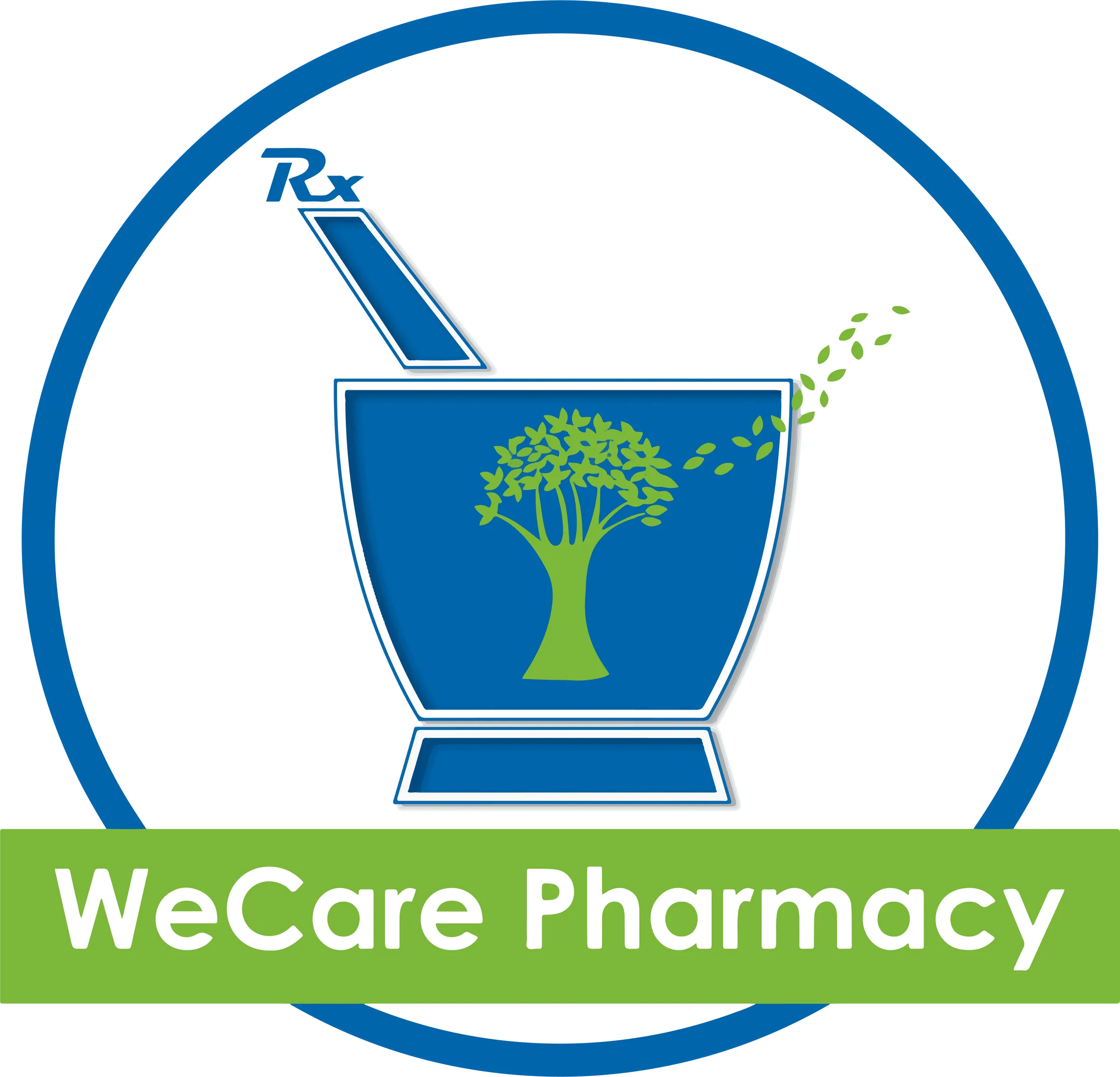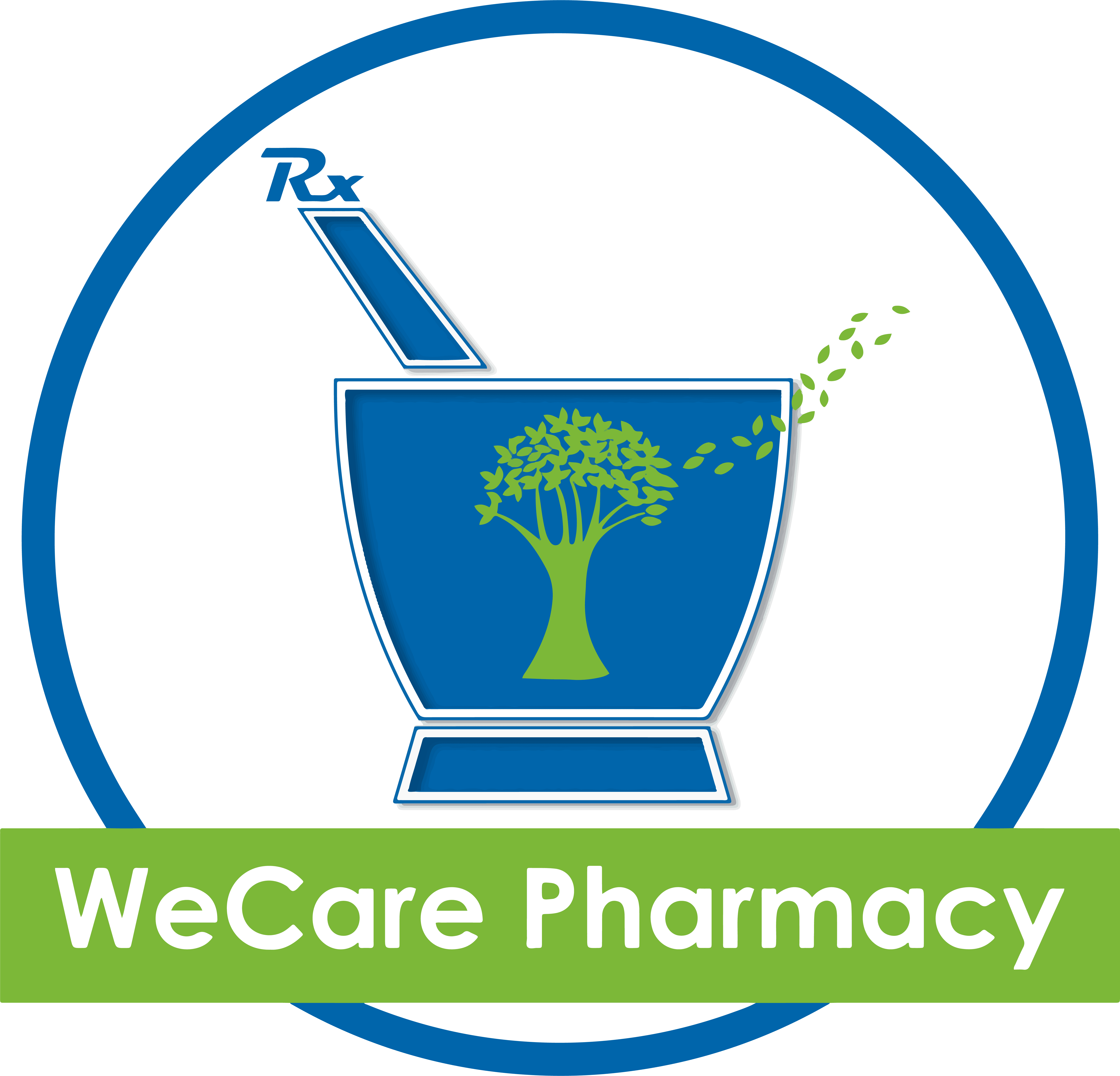Are you protecting yourself while soaking up the sun? The sun’s warm rays give you tons of vitamin D, but it’s also important to shield your skin from harmful UV rays.
Did you know that skin cancer is the most common cancer in the US? According to the American Cancer Society, more than 5 million cases of skin cancer are diagnosed each year.
As summer approaches, WeCare Pharmacy has sun safety tips and skin protection methods to keep your skin healthy and glowing. Prioritizing sun safety is key to maintaining healthy skin and reducing the risk of skin cancer.
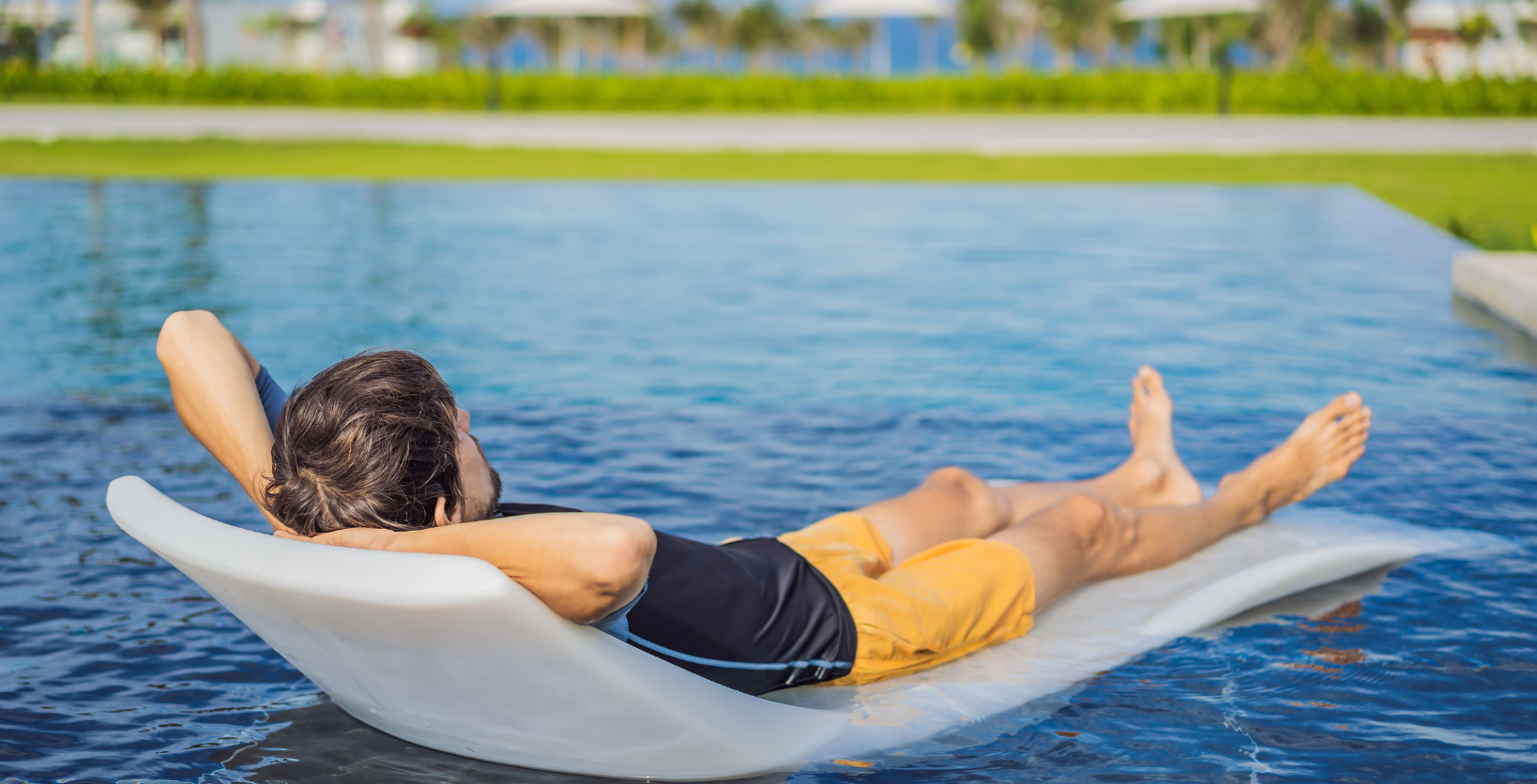
Tips to Prioritize Sun Safety
Spending time outdoors can be very beneficial for your health, mentally and physically. It can help you get some exercise, reduce stress, and boost your vitamin D levels. However, to enjoy these benefits safely, you must protect your skin from the sun’s harmful ultraviolet (UV) rays.
The majority of skin cancers are caused by overexposure to UV light, which can come from various sources like the sun, tanning beds, and sunlamps. UV rays damage skin cells, increasing the risk of developing skin cancer.
Protecting your skin from UV rays is important year-round, regardless of the season. Even on cloudy or cooler days, UV rays can penetrate clouds and reflect off surfaces like water, sand, and snow, increasing your exposure levels. In the continental United States, UV rays are strongest between 10 a.m. and 4 p.m. during daylight saving time (9 a.m. to 3 p.m. standard time).
Before heading out, check out the UV Index, which forecasts daily UV ray strength, to determine your sun exposure risks. If the UV index in your area is 3 or higher, taking precautions to shield your skin from excessive sun exposure is vital.
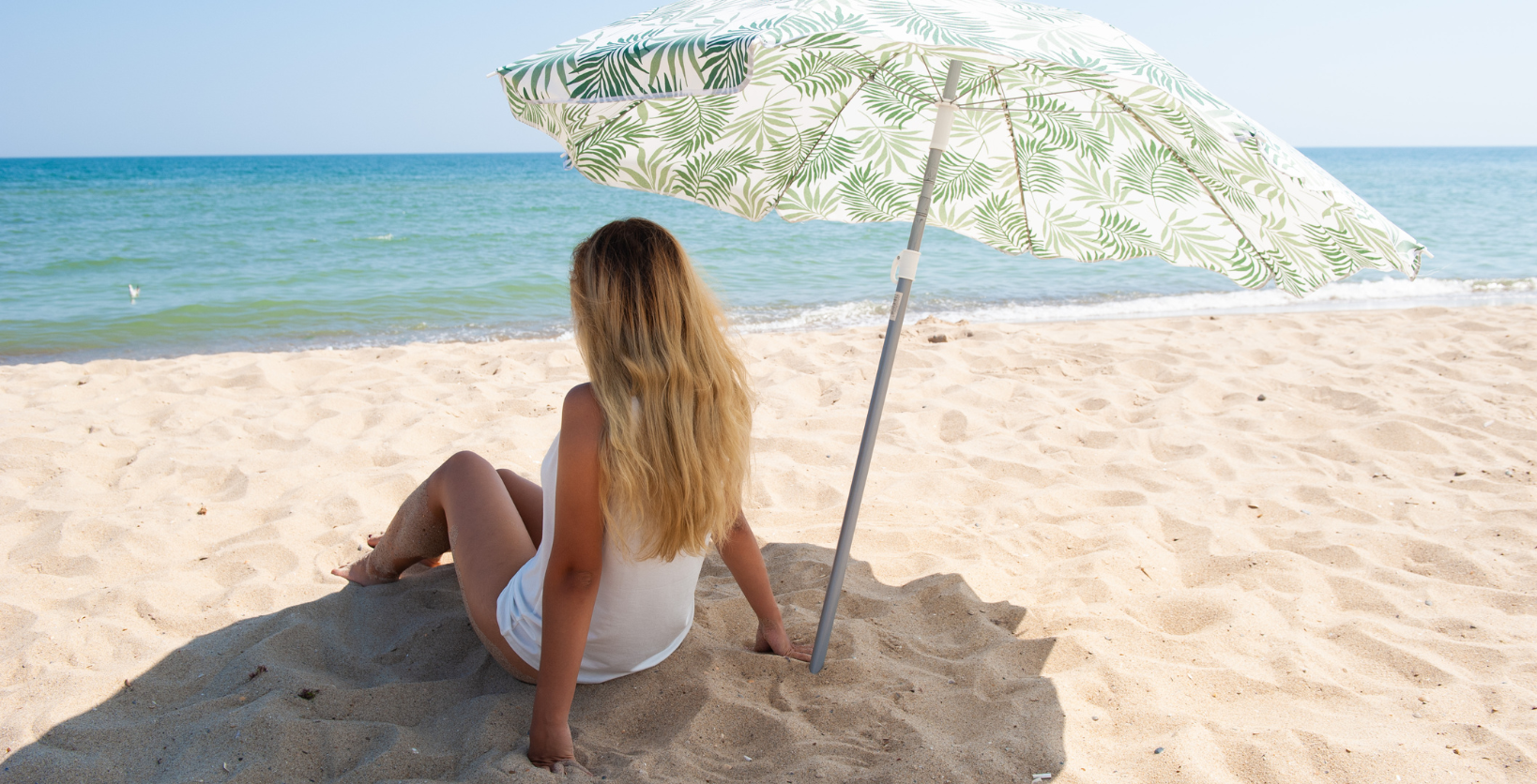
How to Protect Your Skin from the Sun
Head for the Shade
Seeking shade is an effective way to shield your skin from the sun’s harmful UV rays.
Safest Places to Shield from the Sun
Spending time under trees, canopies, sun umbrellas, parasols, or staying indoors minimizes sun exposure. Not only does this protect you from UV rays, but it also offers relief from the heat.
Keep in mind that not all shades are created equal. While trees provide natural shade, be cautious of gaps in branches and leaves that may allow UV rays to penetrate. Additionally, UV rays can penetrate certain fabrics and reflect off the ground. It’s essential to wear protective clothing, including a hat, and use sunscreen.
Shade sails, sun umbrellas, or parasols often indicate the ultraviolet protection factor (UPF) on the label, which gauges the level of protection against UV rays. Aim for a UPF of 30 to 49 for good protection, while UPF 50+ is considered excellent. However, it’s important to note that UPF may decrease if the material becomes damaged or weathered.
Don’t Underestimate the Weather
Even on cloudy, windy, or cooler days, UV rays can penetrate and cause sunburn. Cloud cover doesn’t guarantee protection, as over 90% of UV rays can pass through clouds. Even if you don’t have very sensitive skin, direct sun can start to burn your skin in a few minutes.
Seek shade, wear protective clothing, and use sunscreen, regardless of the weather conditions.
Cover Up to Protect Your Skin
Shield your skin from the sun’s harmful rays by wearing protective clothing, a wide-brimmed hat, and UV-protective sunglasses.
Clothing
Opt for clothing that covers as much skin as possible for enhanced protection.
- Choose loose-fitting garments, preferably with long sleeves or coverage for your shoulders.
- Select fabrics with a tight weave to ensure adequate sun protection. Hold the material up to the light to confirm it’s not see-through. Look for clothing with UPF ratings for added assurance.
- Consider wearing dark or bright colors, as they can assist in filtering out more UV rays.
Hats
Prioritize wide-brimmed hats that shade your face, ears, and neck, offering optimal UV protection.
Sunglasses
Sunglasses are crucial in shielding eyes from UV rays. While darker lenses seemingly offer greater protection, this is not always the case.
When selecting sunglasses, look for the following features:
- ‘CE Mark’ for compliance with European Union standards.
- UV 400 label and/or indication of 100% UV protection on the label or sticker.
- Protection at the sides of the eyes, such as wraparound styles, sports glasses, or larger sunglasses, to minimize UV exposure.
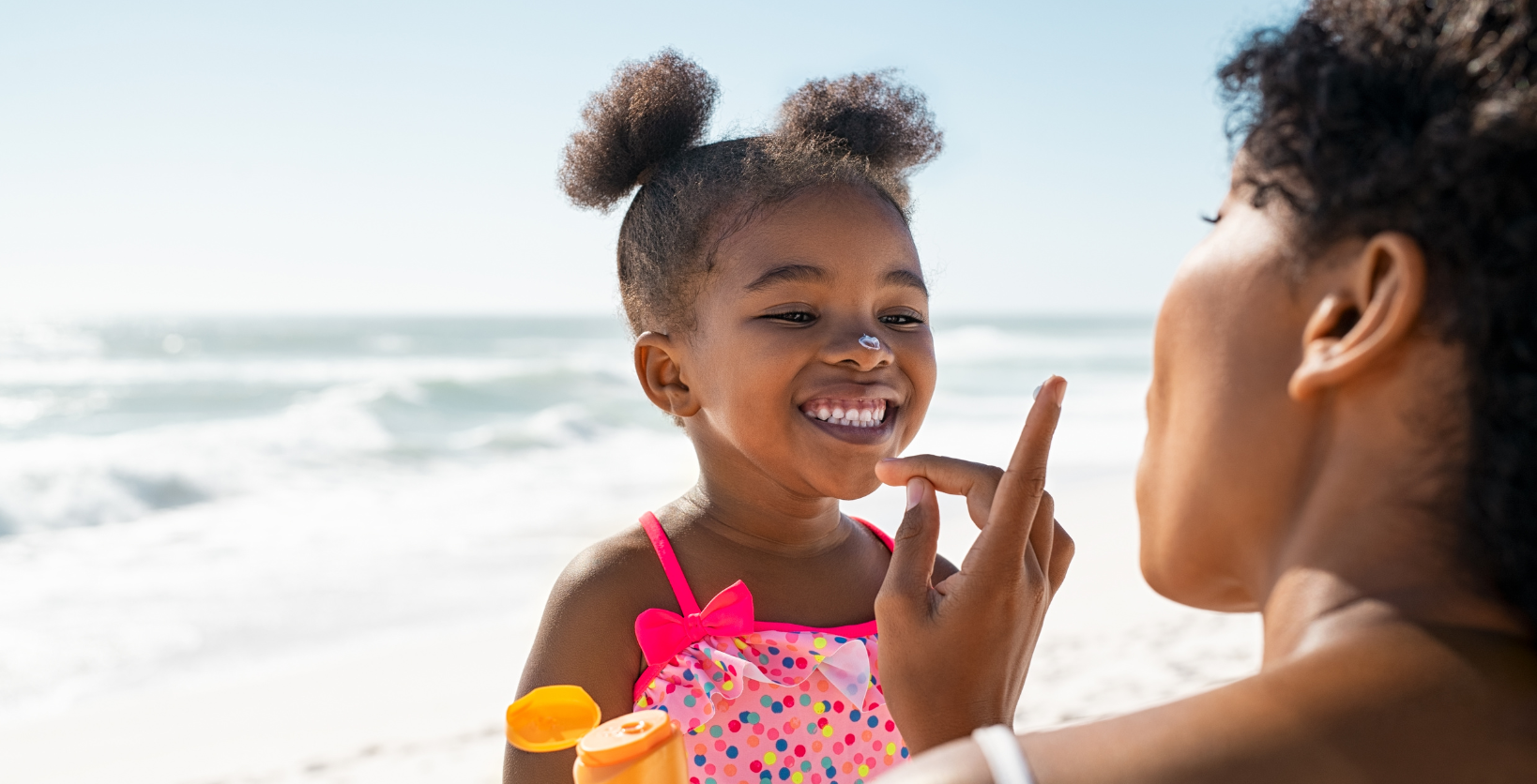
Sunscreen
No sunscreen, regardless of its Sun Protection Factor (SPF), can offer 100% protection from the sun. Therefore, it should always be used in conjunction with shade and protective clothing to provide your skin with the best possible defense.
When selecting sunscreens, we recommend those with:
- SPF 30 or higher for UVB protection.
- A high star rating of 4 or 5 stars for UVA protection.
The letter “UVA” encircled can also indicate UVA protection. If the star rating is not visible on the bottle, ensure that the product displays this symbol, indicating compliance with the EU minimum standard for UVA protection.
It’s important to note that skin damage and sunburn can still occur even when using sunscreen with a high SPF and star rating. Using sunscreen should not encourage prolonged sun exposure. Always combine sunscreen with shade and protective clothing.
Additionally, sunscreen does not make sunbathing or tanning safe. A tan is a visible sign of skin damage. If you desire a tan, consider using a fake tan from a bottle or opting for a spray tan, safer alternatives to sunbathing or sunbeds.
Tips for using sunscreen:
- Choose lotions, pump sprays, or roll-on products over aerosols, as aerosol sunscreens may provide inadequate coverage.
- Apply sunscreen generously to ensure adequate protection. Reapply regularly throughout the day, especially after swimming, sweating, or towel drying.
- Even if your moisturizer or makeup contains SPF, use sunscreen separately for sufficient protection, as these products are usually not reapplied.
- Before using sunscreen, check its expiration date. Look for the symbol indicating the number of months it remains effective after opening.
- Apply sunscreen at least 30 minutes before sun exposure, and reapply just before heading outdoors to ensure comprehensive coverage.
The brand of sunscreen is less important than its SPF and star rating. Choose a product that suits your preferences for texture, scent, and affordability. Remember, regular and generous application is key to effective sun protection.

Next Steps for Staying Safe in the Sun
Maintaining healthy skin and reducing the risk of skin cancer is important for everyone, and prioritizing sun safety is one way to achieve this. Whether you are spending a day at the beach or running errands in town, it’s important to take proactive steps to protect your skin from the sun’s harmful UV rays. At WeCare Pharmacy, we are committed to promoting skin health and offering personalized skincare solutions. Please feel free to contact us if you have any questions.
